| Component | Description | Function | Notes |
|---|---|---|---|
| Touchscreen Display | High-resolution screen sensitive to touch input. | Allows users to interact with the kiosk interface to make payments. | Can vary in size and durability depending on the kiosk's location. |
| Card Reader | Device that reads credit/debit cards, including chip and magnetic stripe. | Enables card-based payments. | Some models also include contactless payment capabilities. |
| Cash Acceptor/Dispenser | Mechanism for accepting and dispensing cash. | Facilitates cash transactions by accepting payments and providing change. | Often includes counterfeit detection features. |
| Receipt Printer | Thermal printer for printing transaction receipts. | Provides users with a paper receipt of their transaction. | Can be customized to print branded receipts. |
| QR Code Scanner | Optical scanner to read QR codes for payments or verification. | Allows for mobile payments and digital wallet interactions. | Useful for integrating mobile app payments. |
| Security Camera | Camera system to monitor and record kiosk usage. | Enhances security by recording user interactions. | Often connected to a central security system. |
| Software Interface | The operating system and application that control the kiosk functions. | Manages payment processing, user interface, and data encryption. | Can be customized for different payment services. |
Utility Bill Payments: Users can quickly pay their electricity, water, gas, and other utility bills directly through the kiosk.
Government Fees: Citizens can use the kiosk to pay fines, taxes, or other government-related fees, such as vehicle registration or court payments.
Mobile Phone Top-ups: The kiosk can be used to recharge prepaid mobile phone accounts, offering a convenient option for users without access to online banking.
Transportation Ticketing: Touchpay kiosks can issue tickets for buses, trains, or other public transportation systems, streamlining the ticketing process.
Retail Payments: Shoppers can pay for goods and services at participating retailers, making it easier for stores to manage payments.
Loan and Insurance Payments: Users can make payments toward loans, mortgages, or insurance premiums, providing a simple way to manage recurring financial obligations.
Charity Donations: The kiosk can accept donations for various charitable causes, allowing people to contribute easily and securely.

Convenience: Allows users to make payments quickly and easily without the need for human assistance, accessible 24/7.
Efficiency: Reduces wait times and streamlines transactions, helping to manage large volumes of payments seamlessly.
Security: Equipped with advanced security features like encrypted transactions and surveillance cameras to ensure safe and secure payments.
Versatility: Supports multiple payment methods, including cash, credit/debit cards, and mobile payments, catering to a wide range of users.
Cost-Effective: Reduces the need for staffing, lowering operational costs for businesses and government agencies.
Error Reduction: Automated processes minimize the chances of human error during transactions, leading to more accurate payment processing.
User-Friendly Interface: Touchscreen technology makes it easy for users of all ages and tech-savviness to complete transactions.
Accessibility: Strategically placed in public areas, Touchpay kiosks provide access to payment services in locations where traditional banking or payment methods might be inconvenient.
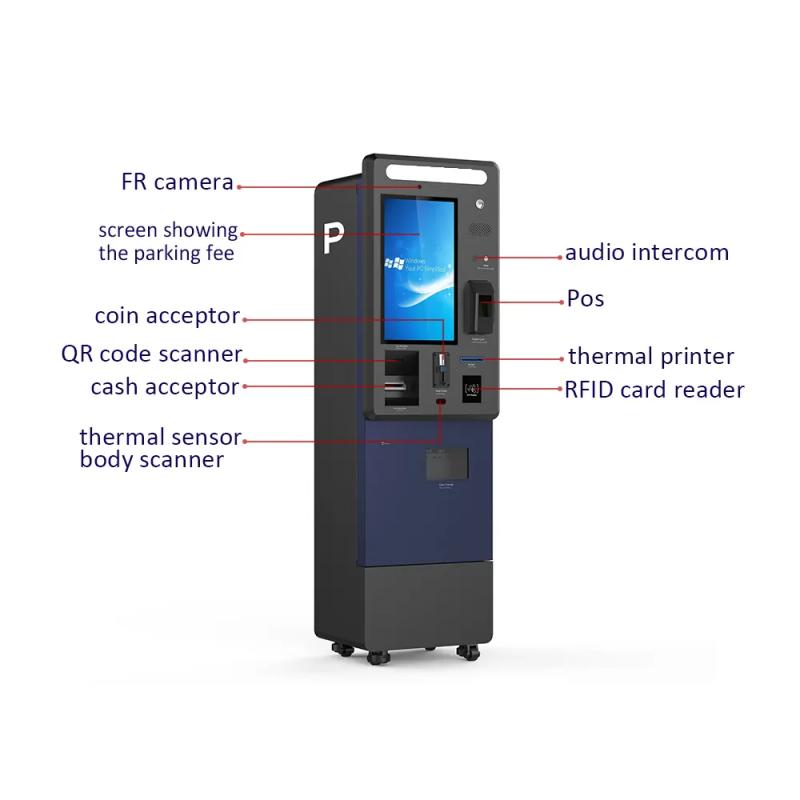
User Interaction: The user approaches the kiosk and interacts with the touchscreen to select the service they wish to pay for, such as utility bills, fines, or mobile top-ups.
Payment Method Selection: The user is prompted to choose a payment method. The kiosk typically supports various options including cash, credit/debit card, or mobile payments.
Data Input: The user may be required to input specific information, such as an account number, reference number, or the amount to be paid. This can be done manually or by scanning a QR code.
Payment Processing: Once the payment method is selected, the kiosk processes the payment. For card payments, the user inserts or taps their card. For cash payments, the user inserts the required amount into the cash acceptor.
Confirmation and Receipt: After processing the payment, the kiosk confirms the transaction and provides the user with a receipt via the thermal printer. Some kiosks may also send an electronic receipt to the user’s mobile phone or email.
Security Measures: Throughout the transaction, the kiosk ensures secure processing with encrypted data transmission, and records the session using the built-in security camera for fraud prevention.
Transaction Completion: The transaction is finalized, and the payment details are updated in real-time with the respective service provider or payment system. The user can then leave the kiosk with their receipt and confirmation of payment.
User Volume and Location: Determine the expected volume of users and choose a kiosk that can handle the demand. Consider the kiosk’s location—whether it will be placed indoors, outdoors, or in high-traffic areas.
Payment Method Support: Ensure the kiosk supports all the payment methods your users are likely to use, such as cash, cards, and mobile payments. Consider future trends in payment options as well.
Customization Options: Look for customization options that allow branding, integration with specific payment systems, and additional features like multi-language support or accessibility features for people with disabilities.
Security Features: Evaluate the kiosk's security capabilities, including encrypted transactions, anti-vandalism construction, and surveillance features. Security is crucial for maintaining user trust and compliance with regulations.
Maintenance and Support: Consider the manufacturer’s support services, including maintenance contracts, software updates, and troubleshooting. Reliable after-sales service is essential for minimizing downtime.
Cost and ROI: Balance the upfront cost of the kiosk with its long-term value. Consider factors like reduced labor costs, improved transaction speed, and potential revenue from additional services.
Compliance with Local Regulations: Ensure the kiosk complies with local financial and accessibility regulations. This may include data protection laws, payment processing standards, and disability access requirements.
Integration with Existing Systems: Check that the kiosk can seamlessly integrate with your existing infrastructure, such as payment gateways, accounting systems, or customer databases, for smooth operation and accurate record-keeping.

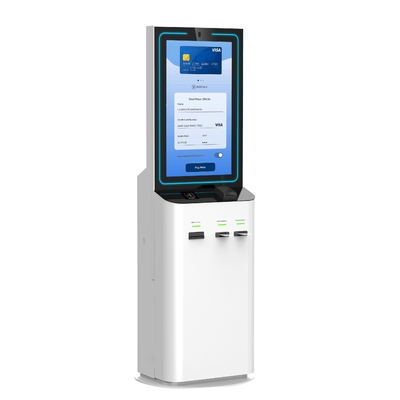
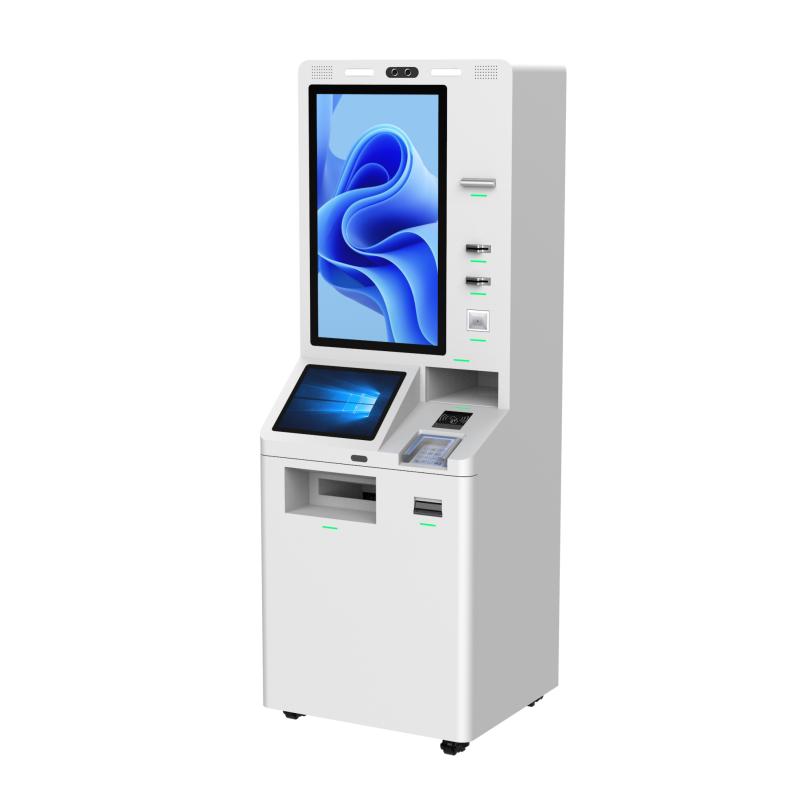
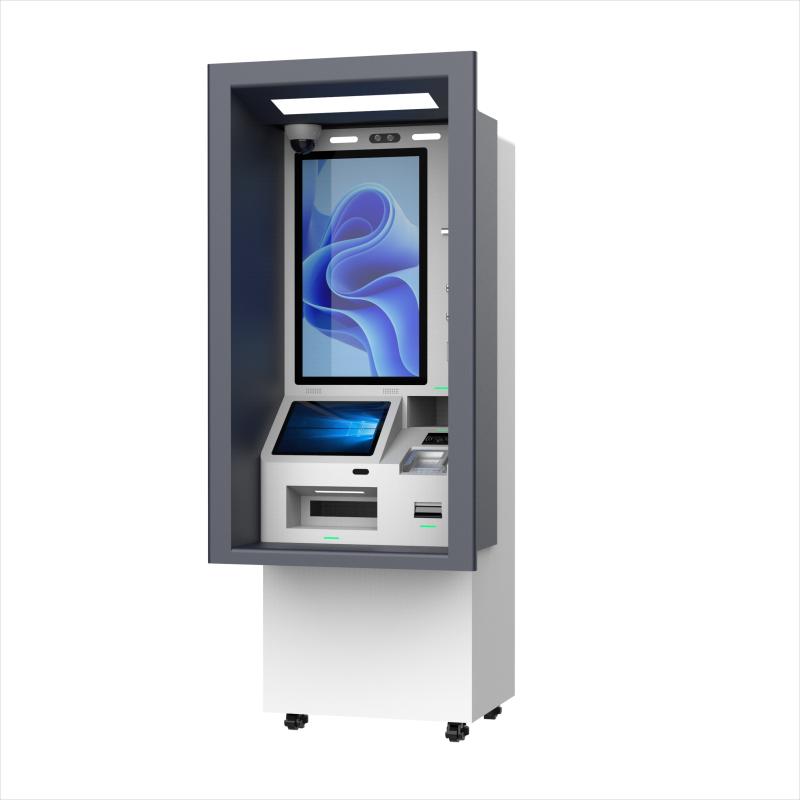
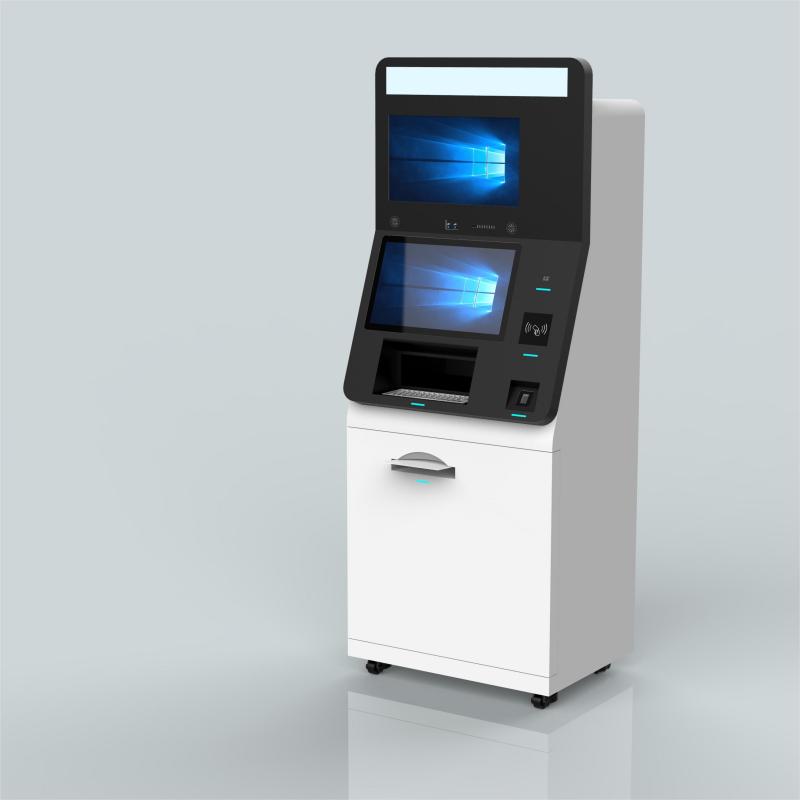

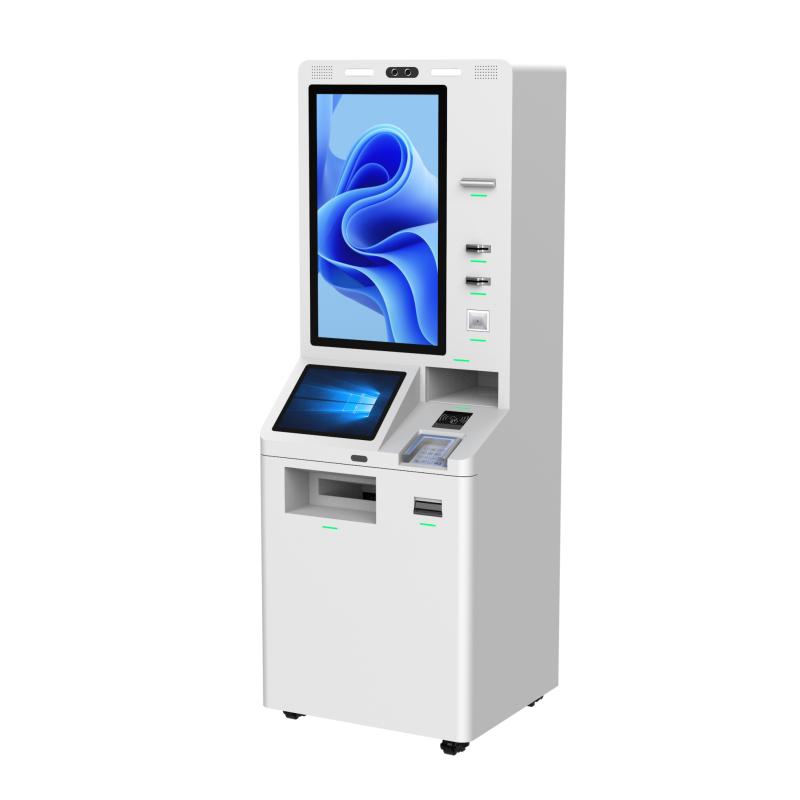

What did our happy clients say?
The Touchpay payment kiosk has transformed our payment process. It's fast, reliable, and incredibly user-friendly. Our customers love the convenience, and we appreciate the excellent service from the manufacturer.
We are extremely satisfied with the Touchpay kiosk. Installation was smooth, and it has significantly reduced queues at our facility. The support team was professional and responsive. Highly recommended!
This Touchpay kiosk is exactly what we needed. It’s easy to use, supports multiple payment options, and has enhanced our overall customer experience. Thanks to the manufacturer for a great product!
Purchasing the Touchpay kiosk was a great decision. It’s durable, secure, and has helped us manage payments efficiently. The manufacturer provided outstanding service throughout the process.